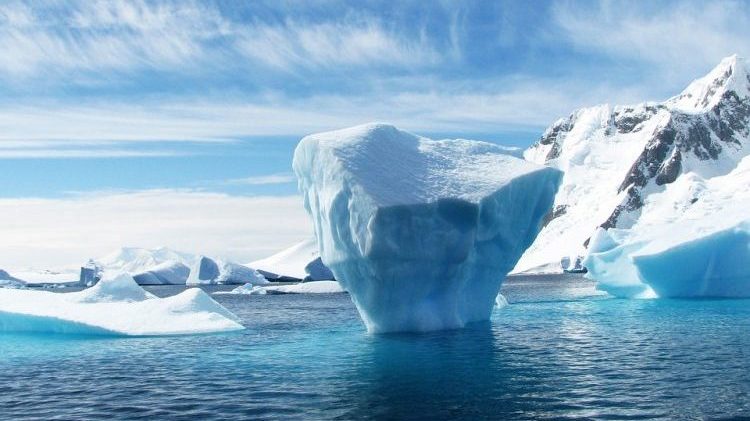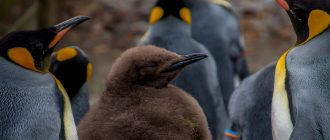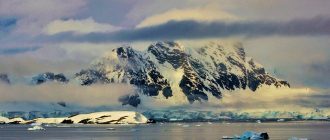Although the presence of a great landmass in the south (to ‘balance’ the land of the northern hemisphere) was intuited by the ancient Greeks, including Pythagoras and Plato, it was not until the eighteenth century that more concrete evidence of its existence was discovered. Initially, Captain Cook had reached 71°S (the furthest south anyone had sailed at that stage) without seeing any land. On a later voyage of exploration in 1775, however, he sighted South Georgia and reasoned that all the ice spread over the Southern Ocean must come from land still closer to the Pole.
However, it was not until January 1820 that Antarctica was discovered when the Russian explorer Fabian Gocdeib von Bellingshausen and the British Royal Navy’s Edward Bransfield found the continent within three days of each other. John Davis, an American sealer, probably made the first landing at Hughes Bay on the Antarctic Peninsula next year, but this was largely unknown until his log was found in 1952. It wasn’t until 1895 that a whaling party that included Carsten Borchgrevink, a Norwegian who migrated to Australia at the age of 24, made the first undisputed landing on the Antarctic continent.
What was to become the Australian sector was not sighted until John Biscoe’s discovery of the area he named Enderby Land in 1831; the territory was joined soon after by Kemp Land, discovered by Peter Kemp in the Magnet in 1833, and Wilkes Land, which is named after Charles Wilkes, who discovered it in 1840.
The next stage of Antarctic history is known as the heroic age because of the number of hazardous expeditions undertaken by various countries, including Australia, in their efforts to discover more about this previously uncharted territory. The first group to stay throughout winter south of the Antarctic Circle was the Belgian Antarctic Expedition under Adrien de Gerlache from 1898 to 1899.
His ship, the Belgica, was trapped in the ice off the Antarctic Peninsula and it remained there, slowly drifting westwards with the pack-ice for a further 13 months . Among the crew were two men whose names would become associated with the South and North Poles respectively, first mare Roald Amundsen and ship’s surgeon Frederick Cook. Borchgrevink led the British Antarctic Expedition (on which all but three of its members were Norwegian) during the first winter spent ashore in Antarctica at Cape Adare.
This period also saw several attempts in the race to be the first to reach the South Pole. Ernest Shackleton, a member of Englishman Robert Falcon Score’s first expedition returned later with the British Antarctic Expedition in 1908.
This team came to within 180 km (112 miles) of their goal before they eventually turned back. Some of the party-T. W. Edgeworth David, Douglas Mawson and Alistair Mackay did, however, become the first people to reach the Sourh Magnetic Pole in early 1909.
Scott and his companions reached the true South Pole on their second expedition begun in 1910, but on 17 January 1912 they discovered to their dismay that they had been beaten in the race by Amundsen who had got there a month before. Scott and his entire group subsequently died on the return trek.
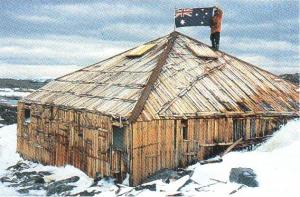
In the same year another feat of heroism was made necessary when the 1911-14 Australasian Antarctic Expedition, led by Douglas Mawson, ran into trouble.
After the loss of Belgrave Ninnis down a crevasse wirh the party’s rent, spare clothes and most of the food, as well as the best dogs, Mawson and Xavier Mertz turned back to trek the 500 km (310 miles) to Cape Denison, They had to travel slowly, killing the weakest dog to feed the others and themselves.
Mertz died within a week from vitamin A poisoning, a consequence of eating husky livers. Very weak, frostbitten and also suffering from the poison that killed his companion, Mawson sawed the sled in half to lighten his load and faced the last 160 km (99 miles) alone.
He arrived at Cape Denison just in time to see the departure of his supply ship, the Aurora. Despite contacting the ship by radio, it was unable to return and Mawson and the six men who had waited for him then had to settle in for a second full year in Antarctica.
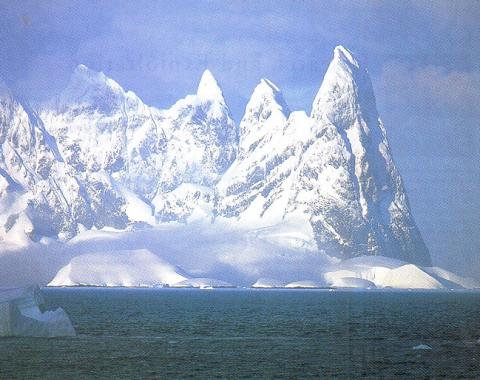
Shackleton’s later attempt, in 1915, to cross the Antarctic continent came to nothing when the ship Endurance was crushed in the ice of the Weddell Sea after being trapped for nine months. After a further five months camped on the ice the crew cook the ship’s boats to Elephant Island. Leaving the bulk of the party there, Shackleton and some of the crew continued to South Georgia in an open boat to get help, a journey of 1290 km (800 miles).
Two weeks later they arrived, but landed on the wrong side of the island, making a crossing of the interior necessary, and becoming the first people to do so. Eventually they found help on the whaling station at Stromness Bay and were able to return to Elephant Island to find all 22 crew still alive after 105 days of camping under the ship’s boats.

